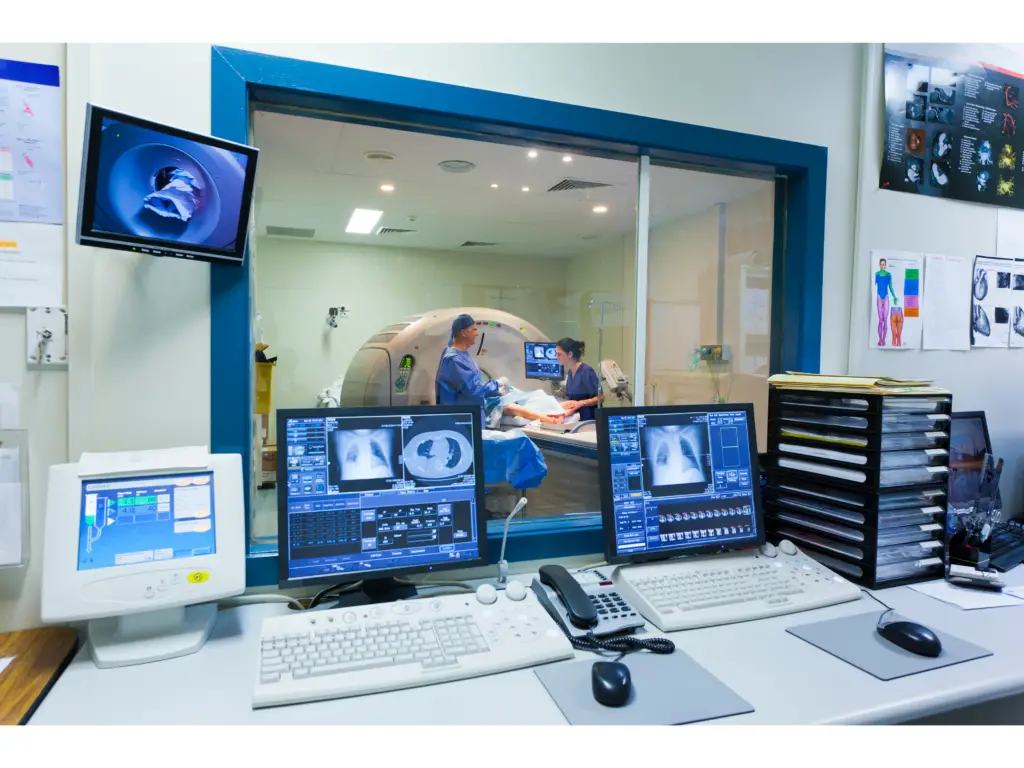Radiologic Technology (Rad tech) is a fascinating field that sits at the intersection of healthcare and technology. It plays a crucial role in diagnosing and treating patients. This piece will delve into the life and profession of a Radiologic Technologist (Rad Tech), shedding light on their day-to-day activities, the education and certification needed to become one, and the advancements in this field.
What Is a Rad Tech?
A Radiologic Technologist is a professional trained to operate imaging machines such as X-rays, CT scanners, and MRI machines to capture images of the internal structures of a patient’s body. These images are pivotal for doctors to diagnose and treat various medical conditions.
Roles and Responsibilities
Rad Techs are responsible for preparing patients for imaging procedures, operating imaging equipment, ensuring the safety of patients from excessive radiation, and working alongside physicians to analyze the images.
Educational Requirements
To become a Rad Tech, one needs to complete a relevant associate’s or bachelor’s degree, followed by a certification program in radiologic technology.
Certification and Licensing
Post-education, aspiring Rad Techs must pass a national certification exam and obtain a license to practice in their respective states.
The Day in a Life of a Rad Tech
Typical Work Environment
Radiologic Technologists work in a variety of settings including hospitals, outpatient clinics, and private imaging centers. Their work demands standing for long periods and sometimes working in shifts.
Common Procedures
They are involved in performing numerous imaging procedures daily, ranging from simple X-rays to more complex procedures like magnetic resonance imaging (MRI).
Patient Interaction
Patient interaction is a significant part of their job. They need to ensure patients are comfortable and understand the procedures they are undergoing.
Advancements in Radiologic Technology
Modern Imaging Techniques
The field of radiologic technology is ever-evolving with advancements like 3D imaging and artificial intelligence enhancing diagnostic accuracy.
Future of Rad Tech
The integration of AI and machine learning promises a future of faster diagnoses and better patient care.
Career Growth and Opportunities
Salary Expectations
Radiologic Technologists have competitive salary packages, with room for growth as they gain experience and additional certifications.
Job Outlook
The demand for skilled Radiologic Technologists is expected to grow as the healthcare sector expands.

Conclusion
Radiologic Technology is a field that offers a blend of patient care with cutting-edge technology. With ample career opportunities and the promise of making a real difference in patients’ lives, it is a rewarding profession to consider.
FAQs
What is the duration of educational programs for Rad Tech?
The duration can range from 2 to 4 years depending on the program and level of education pursued.
What kind of certifications do Radiologic Technologists need?
They need to pass the American Registry of Radiologic Technologists (ARRT) certification exam.
Are there specialties within the field of Radiologic Technology?
Yes, Rad Techs can specialize in areas like mammography, computed tomography (CT), or magnetic resonance imaging (MRI).
What are the working hours for Radiologic Technologists?
They may work full-time, part-time, or in shifts, depending on the employer and the setting.
How do advancements in technology impact the role of a Radiologic Technologist?
Advancements lead to new imaging techniques, making the job more efficient and contributing to better patient care.


